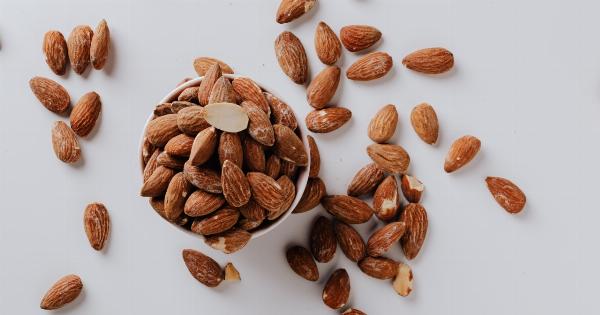When it comes to maintaining a healthy diet and managing weight, feeling full and satisfied after a meal plays a crucial role. However, not all foods are created equal in terms of satiety.
Some foods can leave you feeling hungry shortly after consuming them, while others can help keep you satisfied for longer periods.
The Science of Satiety
Satiety refers to the feeling of fullness and satisfaction after eating. It is influenced by various factors such as the volume of food consumed, the energy density of the food, macronutrient composition, and individual differences.
Foods that promote satiety are typically nutrient-dense, meaning they provide a high amount of essential nutrients per calorie.
These foods are often rich in fiber, protein, and healthy fats, which help slow down digestion and keep you feeling fuller for longer.
Fiber-Rich Foods
Fiber is an indigestible carbohydrate that adds bulk to your meals, making you feel full without adding excess calories. Including fiber-rich foods in your diet can help promote satiety. Here are some top fiber-rich foods:.
1. Oats
Oats are a fantastic choice for promoting satiety. They are rich in soluble fiber, which forms a gel-like substance in the stomach, slowing down digestion and promoting feelings of fullness.
Starting your day with a bowl of oatmeal can help curb hunger and reduce calorie intake throughout the day.
2. Legumes
Legumes, such as beans, lentils, and chickpeas, are excellent sources of both soluble and insoluble fiber. They are also a great plant-based protein option. Including legumes in your meals can help increase satiety and support healthy digestion.
Protein-Packed Foods
Protein is another nutrient that can significantly impact feelings of fullness. Including protein-rich foods in your meals can help increase satiety and prevent overeating. Here are some protein-packed foods to consider:.
3. Greek Yogurt
Greek yogurt is a great source of protein, with approximately double the protein content compared to regular yogurt. The high protein content helps reduce hunger and increase satiety.
Choose plain Greek yogurt and add your own fruits or nuts for extra flavor and texture.
4. Eggs
Eggs are not only a versatile and nutritious food but also an excellent source of protein. They are packed with essential amino acids, which can help regulate appetite hormones and increase feelings of fullness.
Healthy Fats
Incorporating healthy fats into your meals can promote satiety and enhance the overall taste of your food. Here are some healthy fat options:.
5. Avocado
Avocados are rich in heart-healthy monounsaturated fats, which can help promote satiety. The creamy texture and mild flavor of avocados make them a versatile addition to salads, sandwiches, and smoothies.
6. Nuts
Nuts, such as almonds, walnuts, and cashews, are packed with healthy fats, fiber, and protein. They provide a satisfying crunch and can help keep you full between meals. However, portion control is essential, as nuts are calorie-dense.
Volume-Boosting Foods
Foods with a high water or air content can help increase the overall volume of your meals without adding excessive calories. This can promote satiety without compromising on portion size. Here are some examples:.
7. Vegetables
Non-starchy vegetables, such as broccoli, spinach, and bell peppers, are low in calories but high in water and fiber. Adding a generous portion of vegetables to your meals can help create a feeling of fullness and provide essential nutrients.
8. Fruits
Fruits are not only delicious but also packed with essential vitamins, minerals, and fiber. They can help increase the volume of your meals without adding excessive calories.
Opt for whole fruits rather than juices to benefit from their fiber content and promote satiety.
Whole Grains
Whole grains are rich in fiber and provide more nutrients compared to their refined counterparts. Including whole grains in your meals can help increase satiety and support a healthy diet. Some examples include:.
9. Brown Rice
Brown rice is a whole grain that contains the bran, germ, and endosperm, providing more fiber and nutrients compared to white rice. The higher fiber content can help keep you satisfied for longer and support healthy digestion.
10. Quinoa
Quinoa is a complete protein source and a nutritious whole grain. It is high in fiber, providing a sense of fullness after consumption. Quinoa is a versatile ingredient that can be used in salads, stir-fries, or enjoyed as a side dish.
Conclusion
Choosing the right foods can help you feel full and satisfied for longer periods. Fiber-rich foods, protein-packed options, healthy fats, volume-boosting choices, and whole grains are all great additions to promote satiety.
Experiment with different combinations to create meals that keep you satisfied while providing the essential nutrients your body needs.






























